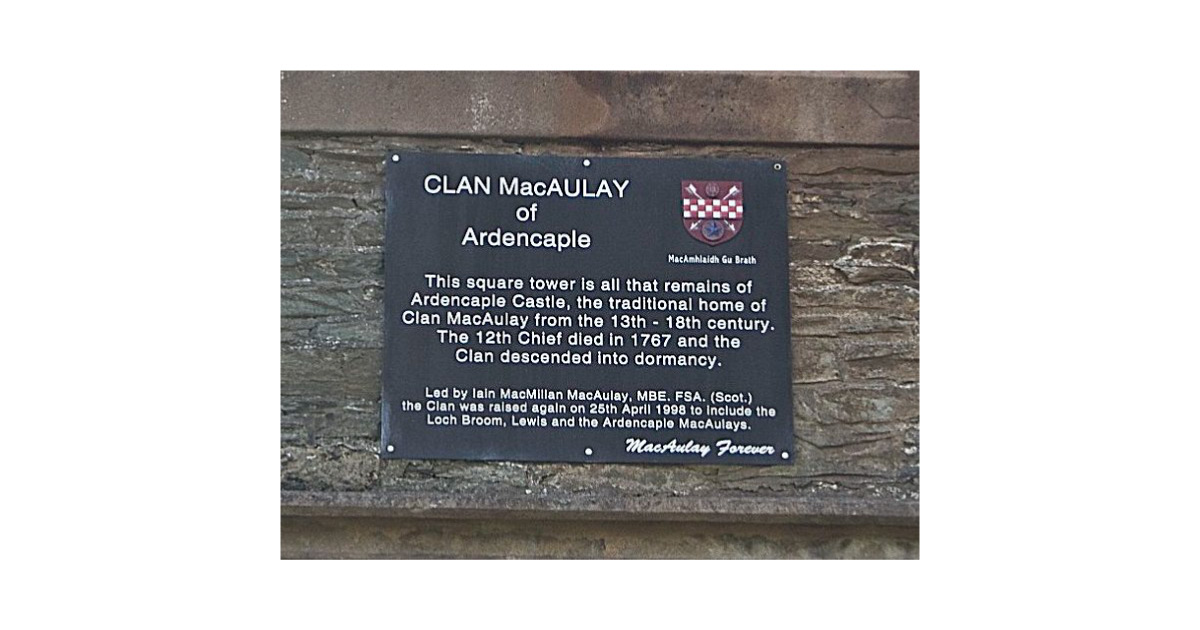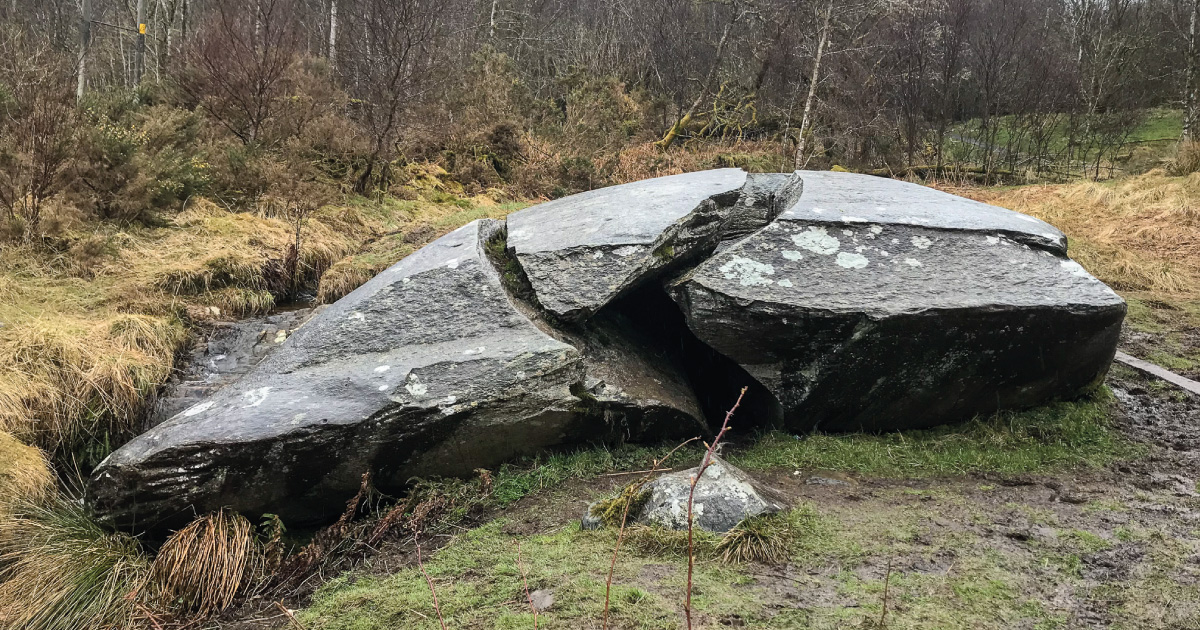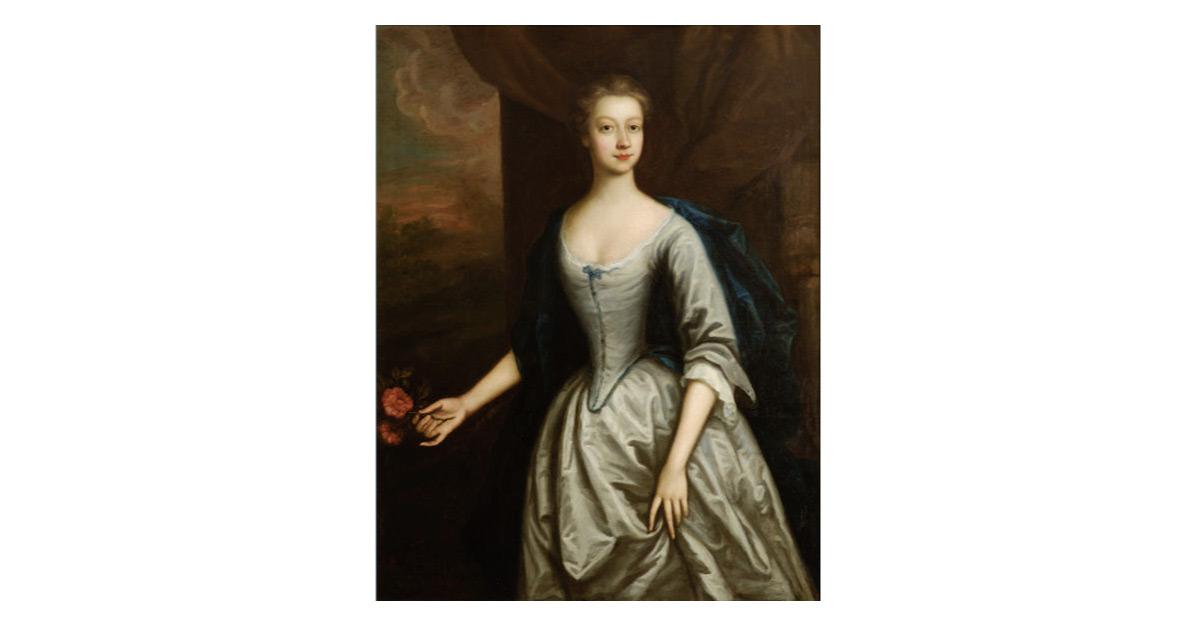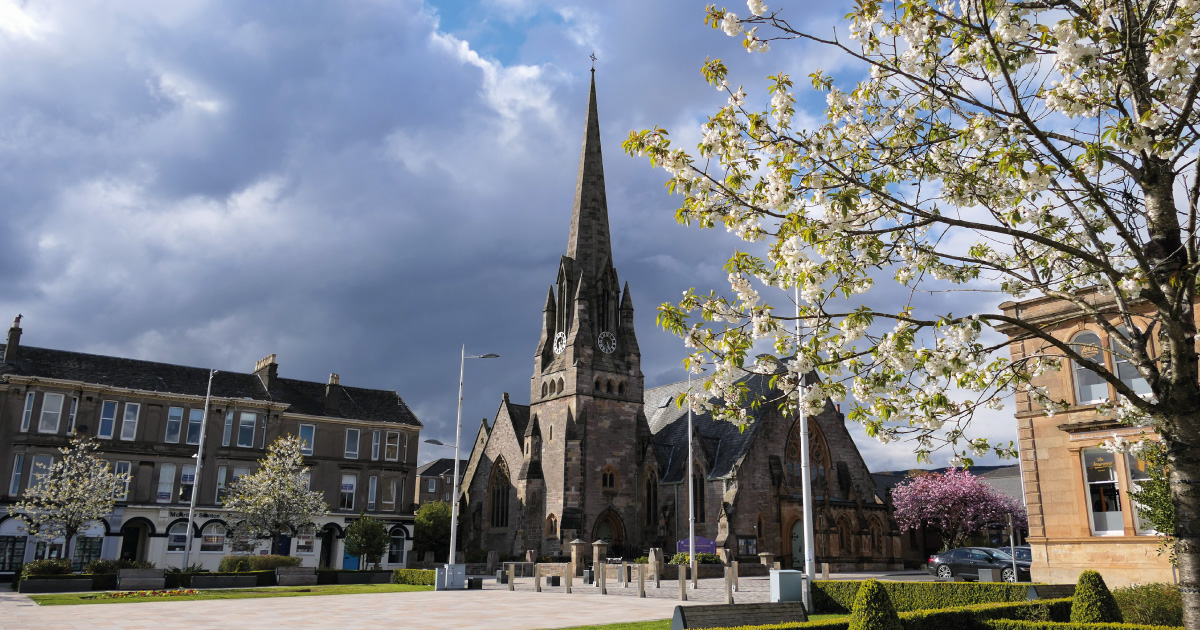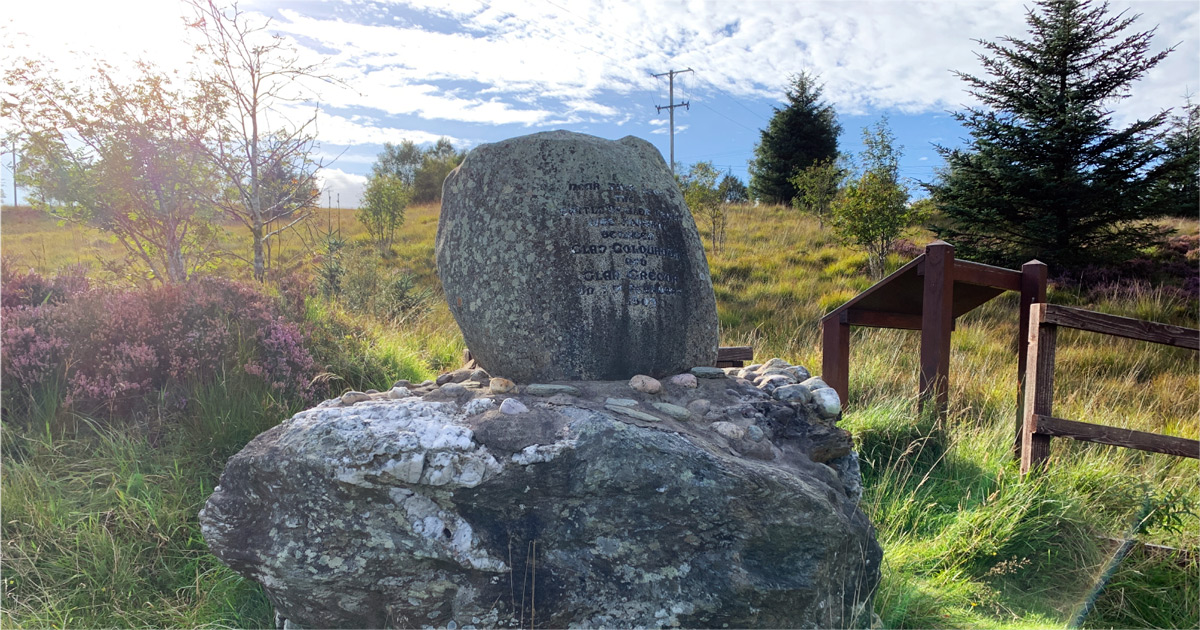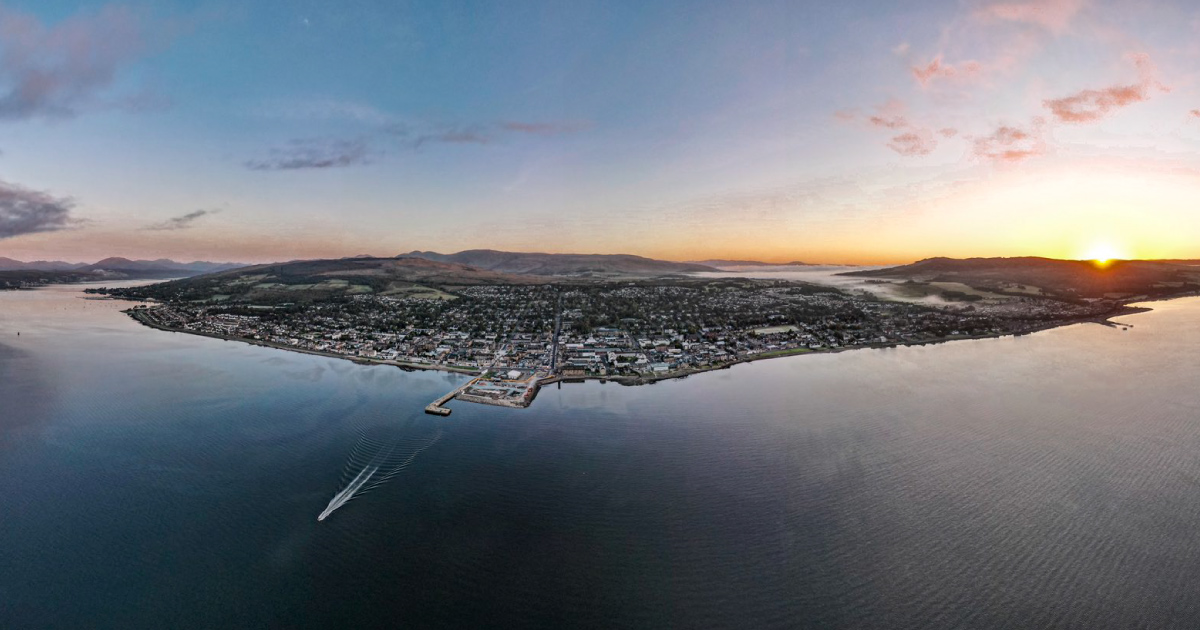
Helensburgh Coat of Arms
Helensburgh’s Coat of Arms combines elements of both Clan Colquhoun and the Dukes of Sutherland’s arms.
This references the foundation of Helensburgh in 1776 by Sir James Colquhoun, 1st Baronet of Luss, who, a few years after advertising the feus, named it after his wife Lady Helen Sutherland.
The central shield has the saltire of the Colquhouns and the three gold stars of the Sutherlands. The savage is a device of the Sutherland arms and the greyhound is from the Colquhoun Arms.
The shield is surmounted by the Colquhoun’s red stag’s head with the clan motto Si je Puis, ‘If I can’ and underneath is the Clan Colquhoun battle cry, ‘Cnoc Elachan’, Gaelic for ‘hill of the black willow’, which is where the clan would rally when called to war.
The Clan Colquhoun crest of the red stag’s head, greyhound and clan motto ‘Si Je Puis’ is said to originate from how Clan Colquhoun captured Dumbarton Castle back from the powerful Earls of Lennox for King James I. In 1424 the King, released from 18 years captivity in England, appointed Sir John, Chief of Clan Colquhoun, as Keeper (Governor) of Dumbarton Castle, a highly prestigious role. However, John had to capture the castle first and he replied to the King ‘Si Je Puis’. After a prolonged siege the Colquhouns lured the Earl’s garrison out of the castle by releasing a red stag chased by two greyhounds near the castle gates. The starving soldiers came out of the castle to chase the stag and the Colquhouns, who had been hiding in the woods, rushed in and seized the castle. Remarkably, nobody was killed.

Sir John (or Iain to give him his Gaelic name) was a loyal servant of the King, despite being married to Margaret, daughter of Duncan, the Seventh Earl of Lennox. He became Sheriff of Dumbarton by 1427 but by 1439 he was dead, murdered at the castle on Inchmurrin, Loch Lomond by the Earl on Lennox.
His son, also Sir John, rose to be Comptroller of the Royal Household and was rewarded with land, greatly extending the Colquhoun estates. When James II reached legal maturity the Colquhouns were further compensated for Sir John’s loyalty and murder on Inchmurrin and Luss was made a free barony in the late 1450s and remained so until the 1745 Jacobite rising.
An example of the Burgh’s Arms can be seen on the gates to the Victoria Halls in Helensburgh which were made and gifted to the town by local man the late Oliver Straton as part of the town’s bicentenary celebration of the granting of the burgh charter in 1802.

